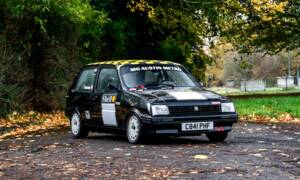Austin Metro Classic Cars for Sale
The Austin Metro, first introduced in 1980, set new standards for British superminis with its practical all-steel body, innovative hydragas suspension and compact A-series engine. Enthusiasts are drawn to its robust engineering, broad equipment options, and strong club community. Its enduring popularity is seen in both availability and search demand, reflecting its dedicated fan base.
Search results

1986 | Austin Metro
1986 Austin Metro 1330cc Fast Road Specification
Austin Metro listing references from Classic Trader
Below you will find listings related to your search that are no longer available on Classic Trader. Use this information to gain insight into availability, value trends, and current pricing for a "Austin Metro" to make a more informed purchasing decision.
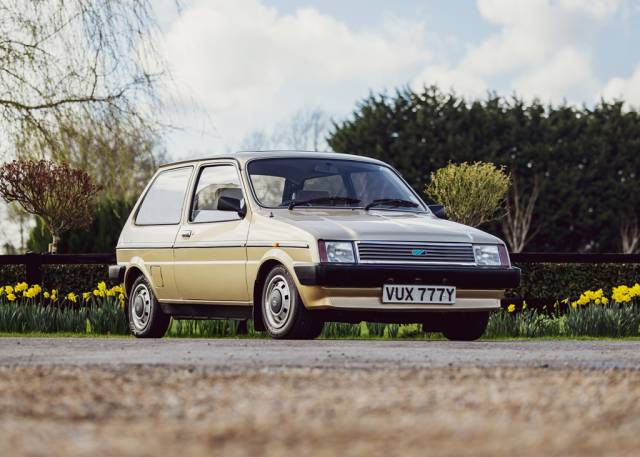
1983 | Austin Metro
Austin Metro Vanden Plas
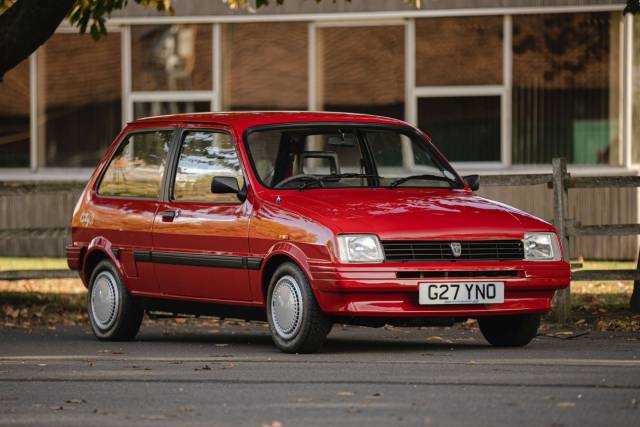
1989 | Austin Metro
1989 Austin Mini Metro City X
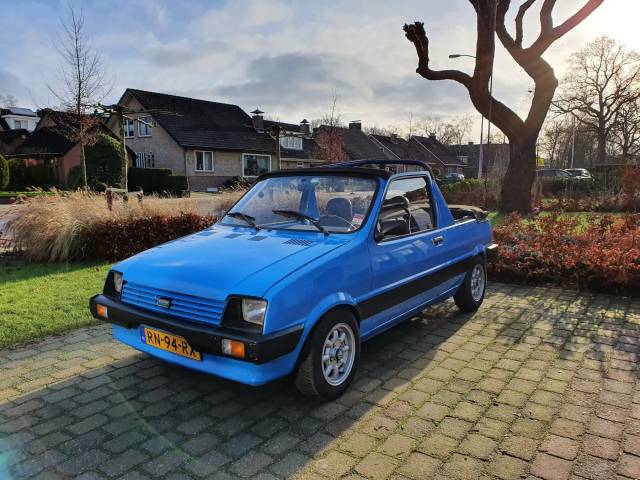
1987 | Austin Metro
Rare - Fun - Unique Opportunity - No Reserve
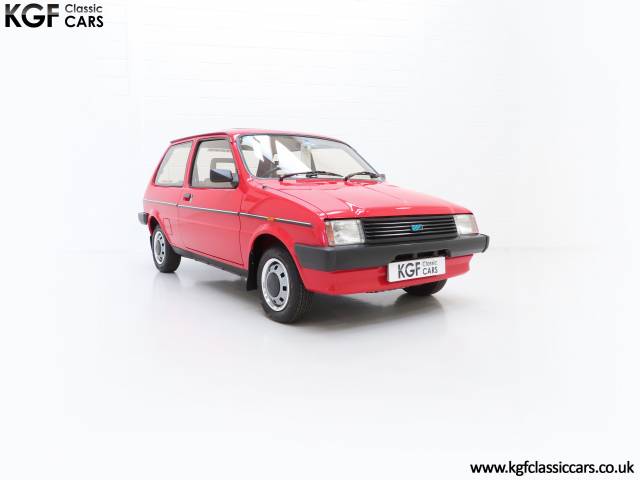
1983 | Austin Metro
A Remarkable Mk1 Austin Metro 1.3 Automatic with 35,022 Miles from New.
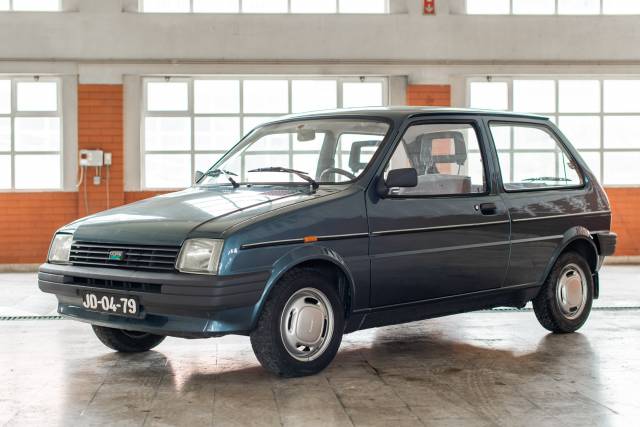
1985 | Austin Metro
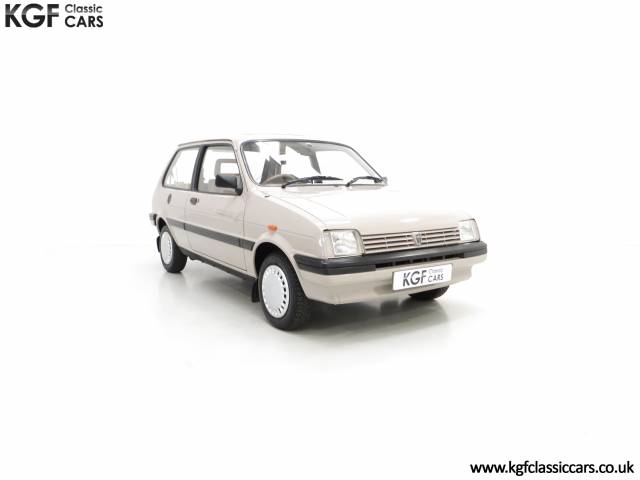
1989 | Austin Metro
An Enthusiast Pampered Rover Metro 1.3 L Clubman with Just 21,320 Miles
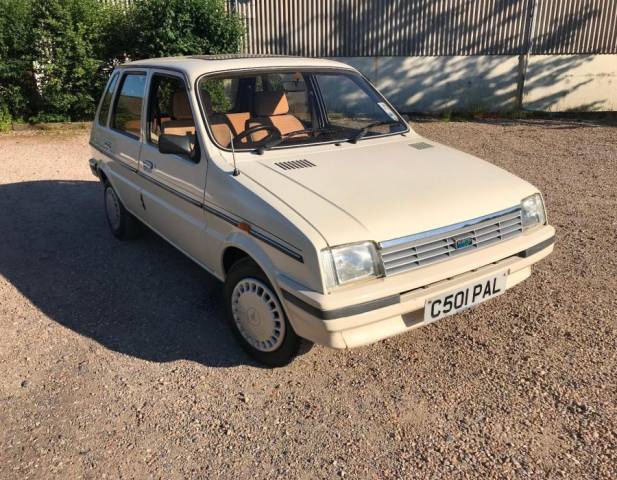
1986 | Austin Metro
Vanden Plas
History of the Austin Metro
Launched in 1980 as the Austin Mini Metro, this British supermini rapidly became a fixture on UK roads. Created to offer an alternative to the legendary Mini, the Metro was produced initially by British Leyland at Longbridge. Its design prioritised strength and practicality, using a unitary all-steel construction. With time, the Metro evolved under Austin Rover Group and later the Rover brand, culminating in a production run until 1998. The car’s hydragas suspension and pragmatic engineering quickly won approval, especially in urban environments where size and manoeuvrability matter most.
Model History
The Metro followed in the footsteps of the Mini, aiming to modernise British Leyland’s supermini offering and compete with emerging European rivals like the Ford Fiesta and Renault 5. Early models bore Austin branding, but after the mid-1980s facelift and further rebranding, Rover badges appeared. The Metro underwent several upgrades to equipment, trim levels and engines, including the transition to the A-Plus 1275cc engine. Notably, the model offered right- and left-hand drive versions and a spectrum of trim levels—from utilitarian 'L', through 'Clubman', up to the luxuriously appointed 'Vanden Plas'.
Highlights and Features
Key features included hydragas suspension for class-leading ride quality, ventilated front brakes, split folding rear seats, and a wide range of dealer and factory fit options, from glass sunroofs to luxury Zenith or Tweed fabrics. Standard features grew over time, integrating electric amenities and options such as radio cassette, heated rear screen, trip mileage, and more. The Austin Metro’s appeal extended beyond urban utility, offering motorsport potential with modifications for hill climbs and rallying.
Technical Data
Special Editions and Collectible Models
Distinctive model lines included the Metro HLE (focused on economy), the luxurious Vanden Plas with special fabrics and high equipment, and rare factory or dealer-fitted 'Fast Road' or motorsport variants. Collectors may also target limited production years and original right- or left-hand drive versions assembled at Longbridge. Accessory packages such as organiser boxes, dash mats and embellishers further enhanced exclusivity.
Weak Spots and Common Issues
Classic Austin Metros are known for strong mechanicals and readily available spare parts, but owners should stay alert for corrosion despite galvanized bodies, particularly at suspension mounts and sills. Routine checks on hydragas suspension, brake system function, and electrical connections will ensure continued reliability. Interior wear varies with trim spec and can affect luxury models more as fabric and plastics age. The club scene offers support and access to most replacement or upgrade components.
Performance, Transmission and Handling
Hydragas suspension provided impressive handling and comfort, with quick steering suited to city traffic. Braking was enhanced by ventilated front discs and dual-circuit hydraulics. Engine options focused on the 1275cc A-series/A-plus, with models achieving practical performance figures for their class. Metro's four-speed automatic (with manual override) expanded urban usability. Motorsport-ready versions, tuned for rally or hillclimb, received upgrades like stronger wishbones, safety upgrades, and performance exhausts.
Popular models include:
- Metro Vanden Plas: Zenith or Shetland Tweed interior, chrome embellishers, high equipment.
- Metro HLE: Economy-tuned, well-suited for urban use, often fitted with special trip mileage monitors.
- Race/Rally accoutrements: Specialist tanks, roll cages, unique paint codes and fabrics highlight rare finds. undefined
Interior, Comfort, Exterior and Design
Styling was strictly functional—characterised by an honest, upright hatchback outline, colour-keyed grilles, and bronze-tinted glass. Interior options ran from authentic tweed to plush Zenith cloth, with colour-matched fascias and seat belts. Factory- or dealer-fit accessories included rear wash/wipe, sun visors with ticket pockets, digital clocks, rear parcel shelves, luggage compartment organisers, and stereo upgrades. Dealer accessories and special mats (Vanden Plas dash mats, Austin foot mats) were popular options. Wheel trims ranged from simple to chromed, while brightwork and bodyside coachlines reflected era-appropriate trends.
Other Notable Features
Club and community support for the Metro remains strong, with active owners’ clubs and events. Convertible and racing variants demonstrate adaptability and a tradition of home-grown modifications. Special left- and right-hand drive production run options, along with support for period-correct accessories and spares, support long-term usability and collector appeal.
Summary
The Austin Metro stands as a benchmark for British engineering in the supermini sector of the 1980s and 1990s. Its robust technical foundation, practical design, and variety of trim levels make it a favourite among enthusiasts and club communities today. With full supply focus in the classic Austin segment and consistent demand, the Metro enjoys a special place on the classic car market—supported by easy parts supply, community knowhow, and adaptability for urban, hobbyist, or motorsport use.
